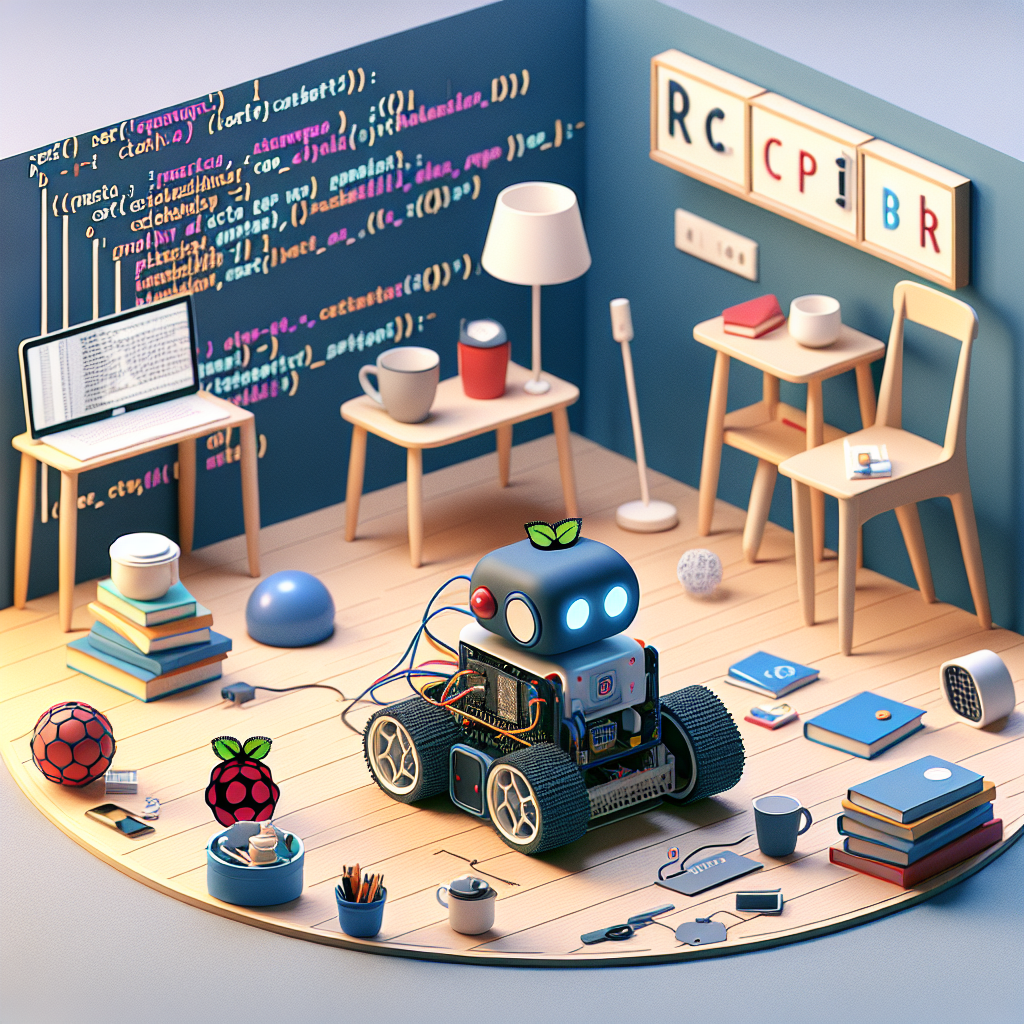Your cart is currently empty!
Building Autonomous Robots with Raspberry Pi: A Practical Guide to Programming in C++

Building Autonomous Robots with Raspberry Pi: A Practical Guide to Programming in C++
The Raspberry Pi is a small but powerful computer that has become increasingly popular for educational purposes, hobbyists, and DIY projects. One of the most exciting applications of the Raspberry Pi is building autonomous robots. With the right tools and programming knowledge, you can create your own robot that can navigate its environment, avoid obstacles, and perform various tasks autonomously.
In this article, we will discuss how to build autonomous robots using a Raspberry Pi and how to program them using the C++ programming language. C++ is a versatile and powerful programming language that is commonly used in robotics and other embedded systems. By learning C++, you will be able to create more complex and efficient programs for your robot.
To build an autonomous robot with a Raspberry Pi, you will need some basic components such as motors, wheels, sensors, and a chassis. You can find many kits online that include all the necessary hardware for building a robot. Once you have assembled your robot, you can start programming it using C++.
Programming in C++ for robotics involves understanding how to interact with various sensors and actuators, such as motors and servos. You will need to write code that reads sensor data, processes it, and sends commands to the motors to move the robot accordingly. Additionally, you will need to implement algorithms for tasks such as obstacle avoidance, path planning, and localization.
One of the key advantages of using a Raspberry Pi for robotics is its versatility and connectivity. The Raspberry Pi has various communication interfaces such as GPIO pins, I2C, SPI, and UART, which allow you to connect a wide range of sensors and actuators to your robot. You can also use Wi-Fi or Bluetooth modules to communicate with your robot wirelessly.
In addition to programming in C++, you can also use libraries and frameworks such as OpenCV and ROS (Robot Operating System) to simplify the development of your robot. OpenCV is a popular computer vision library that can help your robot recognize objects and navigate its environment. ROS is a middleware framework that provides tools and libraries for building complex robot systems.
Overall, building autonomous robots with a Raspberry Pi and programming in C++ can be a rewarding and educational experience. By learning how to program robots, you will develop valuable skills in robotics, computer science, and engineering. With the right tools and knowledge, you can create robots that can perform various tasks autonomously and interact with their environment in intelligent ways.
So, if you are interested in robotics and want to build your own autonomous robot, consider using a Raspberry Pi and programming in C++. With the right resources and dedication, you can create a robot that can roam around, interact with its surroundings, and even perform tasks that benefit society. Happy robot building!
#Building #Autonomous #Robots #Raspberry #Practical #Guide #Programming,practical robotics in c++: build and program real autonomous robots using
raspberry pi

Leave a Reply